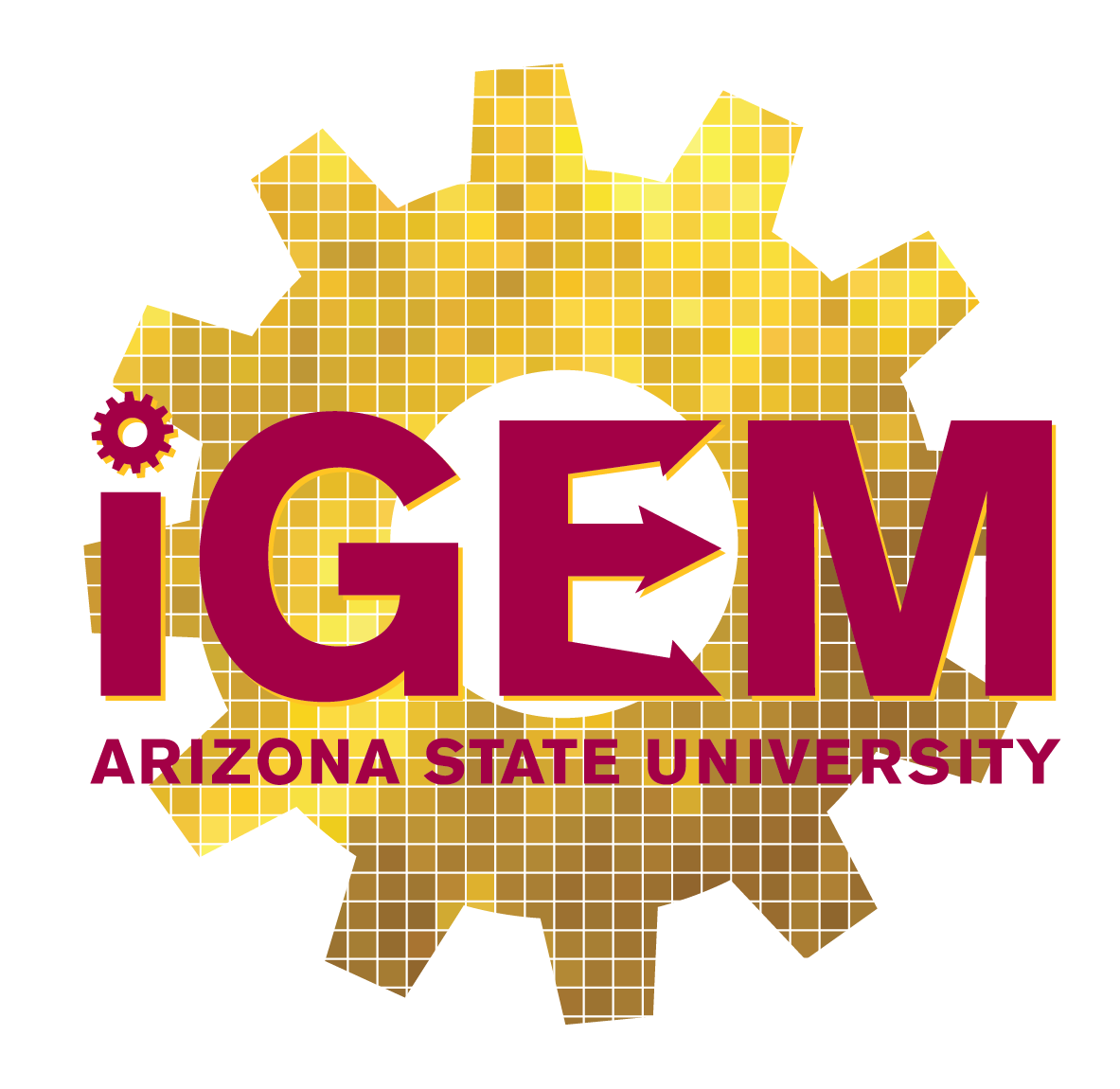Team:Arizona State/Lab/Protocols/Assembly
From 2011.igem.org
(Difference between revisions)
Ethan ward (Talk | contribs) |
|||
| Line 14: | Line 14: | ||
#:: 7µL 10x NEB4 buffer | #:: 7µL 10x NEB4 buffer | ||
#:: 8µL H<sub>2</sub>0 | #:: 8µL H<sub>2</sub>0 | ||
| - | #:: 1µL BSA | + | #:: 1µL BSA (10mg/ml) |
#:: 2µL XbaI | #:: 2µL XbaI | ||
#:: 2µL SpeI | #:: 2µL SpeI | ||
| Line 23: | Line 23: | ||
#:: 25µl column prepped DNA | #:: 25µl column prepped DNA | ||
#:: 17µl H<sub>2</sub>0 | #:: 17µl H<sub>2</sub>0 | ||
| - | #:: 5µl 10x ligase buffer | + | #:: 5µl 10x T4 ligase buffer |
| - | #:: 3µl ligase | + | #:: 3µl T4 DNA ligase |
#: Continue ligation for at least 1 hour at room temperature. I recommend 12-16 hours at 16C when larger linear products are desired. | #: Continue ligation for at least 1 hour at room temperature. I recommend 12-16 hours at 16C when larger linear products are desired. | ||
# If orientation of the product is a concern, run a final XbaI + SpeI [[Team:Arizona State/Protocols/Lab/Restriction|restriction]] to eliminate X-X and S-S sites. | # If orientation of the product is a concern, run a final XbaI + SpeI [[Team:Arizona State/Protocols/Lab/Restriction|restriction]] to eliminate X-X and S-S sites. | ||
| Line 31: | Line 31: | ||
# Take an aliquot of ligation product, and run in a new ligation reaction with pSB1A3, or 1K3 etc. Cut plasmid with XbaI and SpeI (or whatever restriction enzymes necessary) and [[Team:Arizona State/Lab/Protocols/Dephosphorylation|dephosphorylate]] using the standard protocols. (I recommend using higher concentrations of backbone than the protocol usually calls for). I recommend running a ligation of linearized plasmid only, this will serve as a negative control, where if you get results either the plasmid wasn't completely cut or dephosphorylated. | # Take an aliquot of ligation product, and run in a new ligation reaction with pSB1A3, or 1K3 etc. Cut plasmid with XbaI and SpeI (or whatever restriction enzymes necessary) and [[Team:Arizona State/Lab/Protocols/Dephosphorylation|dephosphorylate]] using the standard protocols. (I recommend using higher concentrations of backbone than the protocol usually calls for). I recommend running a ligation of linearized plasmid only, this will serve as a negative control, where if you get results either the plasmid wasn't completely cut or dephosphorylated. | ||
#: NOTE: For mini-prepped plasmids it is always a commendable effort to run cut (linearized) and uncut (unlinearized) on an agarose gel to determine the purity of the sample. Simply looking at nano-drop results and 'scoring high' is meaningless because you may have contamination, however when using the nanodrop to good things to note are 230:260:280 which should be 1: 1.8: 1 respectively. Jagged peaks mean you need to re-blank the instrument and clean the pedestal. | #: NOTE: For mini-prepped plasmids it is always a commendable effort to run cut (linearized) and uncut (unlinearized) on an agarose gel to determine the purity of the sample. Simply looking at nano-drop results and 'scoring high' is meaningless because you may have contamination, however when using the nanodrop to good things to note are 230:260:280 which should be 1: 1.8: 1 respectively. Jagged peaks mean you need to re-blank the instrument and clean the pedestal. | ||
| - | # Ligate the poly-X sample with the linearized vector using the [[Team:Arizona State/Lab/Protocols/Ligation|basic ligation protocol]] (Consider what ratios would be best for the ligation). Also consider elongated ligation time. | + | # Ligate the poly-X sample with the linearized vector using the [[Team:Arizona State/Lab/Protocols/Ligation|basic ligation protocol]] (Consider what ratios would be best for the ligation). Also consider elongated ligation time (to long of ligation can reduce transformation efficiency due to long linear products). |
# [[Team:Arizona State/Lab/Protocols/Transformation|Transform]] the product with the necessary controls. | # [[Team:Arizona State/Lab/Protocols/Transformation|Transform]] the product with the necessary controls. | ||
Latest revision as of 08:35, 27 September 2011
|
|
Poly-X Ligation The goal of this protocol is to produce a polymer of DNA starting from a single unit with the Biobrick prefix and suffix. Cutting with XbaI and SpeI produces sites that can ligate into XbaI-XbaI, XbaI-SpeI, or SpeI-SpeI. Finally, the ligation product can be cut with XbaI and SpeI a final time. XbaI-SpeI scars are not cut, while any incorrectly oriented inserts are. This allows the DNA to form chains of various lengths. See results for further characterization of this process. Procedure
Ginkgo Biobrick |
 "
"
